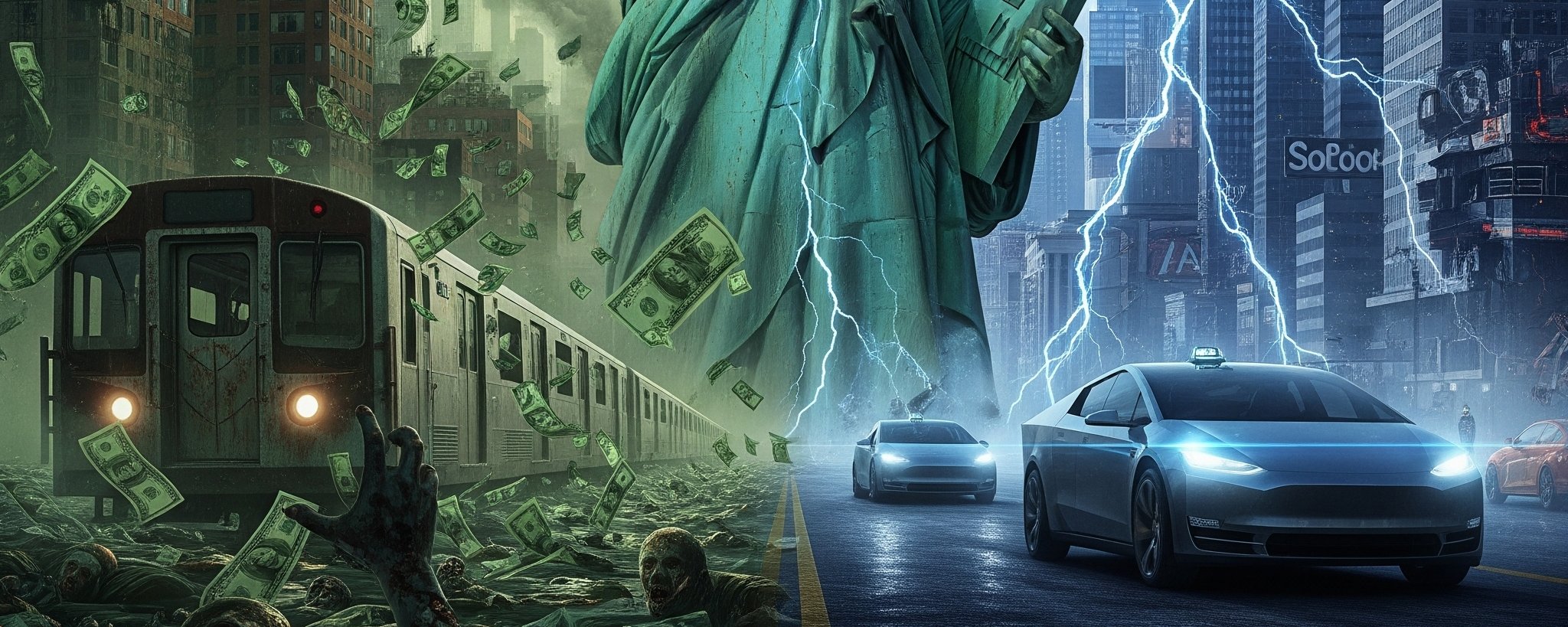After an 𝕏 history filled with plenty of bogus ideas, my stances have obviously evolved, so consider the following my most current platform.
Don’t reform the failed systems of the past or indulge the inaction of extreme libertarianism.
Platform Overview
Signature National Initiatives
- Launch a 21st Century Manhattan Project: Secure absolute American technological, energy, and military supremacy. Focus on topics such as: nuclear engineering, the development of sovereign AI, and the construction of a ‘Golden Dome’ missile shield. Absorb and accelerate other critical advanced projects: like directed energy, hypersonics, and cybernetics. Participation in this project, at all levels, will be restricted exclusively to U.S. citizens.
- The Phoenix Mandate: A plan to eliminate the national debt by revolutionizing the U.S. healthcare system through personal health tech, ending the nursing home model, funding “moonshot” cures via a public-private “Titan Mandate”, issuing a “Stargate Ultimatum” for AI to slash costs, and enforcing a “Patriot Price Mandate” on pharmaceuticals.
Taxation, Revenue & An American Dividend
- Abolition of Income Taxes: Immediately abolish all Federal personal and corporate income taxes. The IRS’s role as a tax collection agency should be eliminated.
- Strategic Capital Gains Tax: A modest capital gains tax will be retained for the sole purpose of preventing rampant short-term speculation, designed to heavily incentivize mid-to-long-term investment.
- An American Dividend (Hybrid System): A hybrid system should be implemented immediately. A significant portion of all tariff revenue should be used to aggressively pay down the national debt, while the remainder should be returned directly to The People as an immediate “Freedom Dividend.”
- Full Dividend Potential: Once the debt is paid, the full revenue from the baseline 15% tariff will be returned directly to The People, potentially translating to more than $1,700 per U.S. citizen, per year.
- Mandatory Cash Option: The United States cannot become a cashless society. Physical cash must always be preserved as a valid form of payment.
Economic & Financial Policy
- Multi-Level Strategic Tariffs: Implement a 15% baseline tariff. Additionally, POTUS must have full discretionary authority to impose massive strategic tariffs (e.g., 50%, 100%, 400%, 1000%) on critical sectors like microchips.
- Prohibit Peacetime Cryptocurrency: Cryptocurrency is a national security threat and its use by the general public should be prohibited.
- The Wartime Digital Asset Act: Treat the underlying crypto technology (blockchain, ASICs) as a strategic military asset to be deployed only in times of declared war.
- Prohibit Hostile Financial Systems: Expose and ban the integration of Sharia-compliant finance into the U.S. economy.
- Reject Corporate Bailouts: The $10 billion investment in Intel is a bailout.




